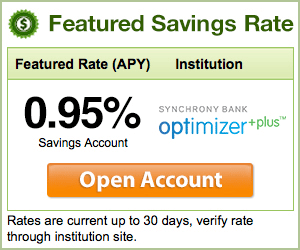
- Annual fee: This is an annual (yearly) fee associated with having a credit card. Not all credit cards have annual fees, but the ones that do can charge from $10- $2500. These fees are charged each year for simply having the card in your wallet and are particularly prevalent among high-end rewards cards.
- APR: Annual percentage rate, also known as your APR, is the yearly percentage rate charged when a balance is held on a credit card. The APR is an interest rate applied each month that you have outstanding balance. There are two types of APR: fixed and variable. Variable rate credit cards change based off the interest rates of the government, while fixed rate cards do not.
- Balance: In credit, this is the amount of money borrowed. You will have a balance owed until you pay it off in full, which, if not paid on time, can include interest and extra fees.
- Balance Transfer: A balance transfer is the process of moving an unpaid credit card debt (also known as your balance) from one issuer to another. Consumers typically make a balance transfer from a high interest credit card to a new card that charges little to no interest, so they can save money and consolidate debt.
- Billing cycle: A billing cycle is the period of time between your credit card billing statements. These typically range from 20-45 days, depending on the credit card and the issuer.
- Cash advance: This is a cash loan from a credit card using an ATM or bank withdrawal. Cash advances occur when you use a credit card to obtain cash from an ATM, make a wire transfer, buy foreign currency, travelers’ checks, or money orders, or cash an access check. Many issuers charge a fee (typically around 3% of the total amount) for accessing the cash credit line on an account.
- Credit line: Your credit line is the amount of credit available to you. Also known as your credit limit, this is the maximum amount you can borrow.
- Finance charge: A finance charge is the interest charged on the amount you owe. This does not just include interest fees but also balance transfer fees, cash advance fees, late fees, overlimit fees, and any other fees you may have on your account.
- Grace period: The grace period refers to a period of time in which you are allowed to pay your credit card bill without being charged a finance and/or late fee. This period typically ranges from 21 to 25 days before you start incurring interest. If there is no grace period, charges will be applied immediately. People who carry a balance on their credit cards generally have no grace period.
- Introductory rate: Many credit cards offer special introductory rates to attract customers. These are usually 0% APR or low APRs for a certain period of time that will then switch to a higher variable or fixed APR.
- Minimum payment: The minimum payment is the lowest amount of money you need to pay on your credit card statement each month to keep the account from going into default. Although it varies from card to card, the minimum balance is generally between 2% and 5% of the balance.







